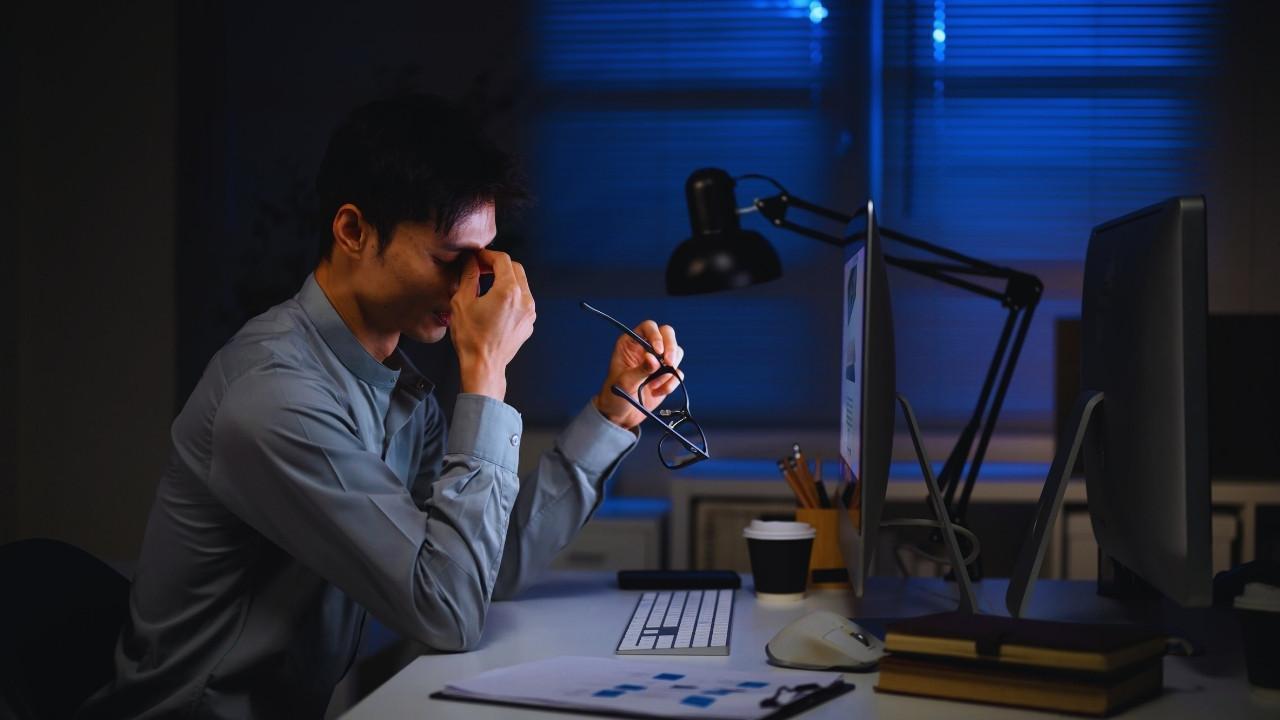
Post by : Anees Nasser
Digital screens have become unavoidable. Whether it’s work on a laptop, hours on a smartphone, binge-watching, gaming, online classes, or even reading news late at night, our eyes are exposed to artificial light for most of the day. This constant visual load has led to a sharp rise in digital eye strain, a condition that affects people across ages—students, professionals, homemakers, and even senior citizens who increasingly rely on screens for daily communication.
Digital eye strain isn’t a disease but a cluster of symptoms that appear when the eyes become tired from prolonged screen use. The discomfort ranges from dryness, burning, heaviness, and blurred vision to headaches and difficulty focusing. The good news is that most of these symptoms can be prevented or minimised with simple adjustments to daily habits and using the right type of eyewear.
This article provides a comprehensive guide to understanding digital eye strain, identifying its signs, building effective screen routines, adjusting your workspace, choosing the right eyewear, and developing long-term habits that protect eye health.
Digital screens force the eyes to work harder than usual. Unlike printed text, digital content has contrast, flicker, and glare. The eyes must constantly adjust focus and movement while staring at pixels. Over time, this repetitive strain leads to discomfort.
People blink around 15–20 times per minute. But during screen use, this reduces to 5–7 blinks a minute. Less blinking means fewer tears are spread across the eye surface, resulting in dryness and irritation.
When screens are too close, too bright, or used in low light, the eye muscles must work harder to focus. Poor posture further strains the neck and shoulders, worsening symptoms.
This occurs when the tear film on the eyes evaporates faster than it is replenished.
After long hours, focusing becomes difficult, causing momentary blurred vision.
Ironically, dryness sometimes causes the eyes to tear excessively as a protective reflex.
Strained eye muscles lead to tension headaches, especially around the temples.
Switching focus from screen to far objects becomes challenging.
Poor screen posture affects the muscles of the upper body.
Every 20 minutes, look at something 20 feet away for 20 seconds. This simple routine relaxes the focusing muscle inside the eye.
Make it a habit to blink fully, especially during long tasks. Gentle reminders such as sticky notes near the screen help maintain blinking frequency.
Ensure your screen brightness matches your room lighting. Too bright strains the eyes; too dim forces them to work harder.
Small text increases visual effort. Increasing font size reduces strain instantly.
Keep screens at least:
20–24 inches from your eyes for laptops
16–18 inches for phones
Slightly below eye level for comfortable viewing
This prevents extended uninterrupted viewing and forces natural breaks.
The combination of brightness, proximity, and rapid movement of content tires the eyes quickly.
Place your monitor slightly below eye level. This reduces eyelid exposure, which helps prevent dryness.
Use curtains, matte screen protectors or rotate your desk position to avoid reflections from windows and lights.
Avoid working in a dark room with a bright screen. Balanced ambient lighting is ideal.
Sit with your back straight, feet flat on the floor and shoulders relaxed. The screen should be at a comfortable distance without leaning forward.
Air from fans or AC can dry the eyes faster. Adjust airflow direction to avoid direct exposure.
Hydration helps maintain a healthy tear film.
This helps especially in air-conditioned or cold rooms where moisture levels drop.
People who experience persistent dryness can use preservative-free lubricating drops after consulting an eye professional.
Dark mode works best in low-light environments. In bright rooms, it may strain the eyes more.
Cold screens at night interfere with sleep and tire the eyes. Use warm colour modes or night-shift settings after sunset.
These reduce unnecessary visual elements and make text more comfortable to read.
Digital wellbeing apps can remind you to take breaks.
These glasses reduce exposure to high-energy blue light emitted by screens. While they do not prevent strain entirely, many users report comfort during prolonged screen time.
AR coatings reduce reflections from screens and overhead lights. This improves contrast and reduces glare—one of the major contributors to eye strain.
People with small, undetected refractive errors often strain their eyes unknowingly. Low-power computer glasses can ease accommodation stress during long working hours.
These adjust tint based on light exposure. Useful for people who frequently move between indoor and outdoor environments.
Wear computer glasses only during screen work.
Clean lenses regularly.
Get your power checked annually.
Include foods rich in:
Vitamin A (carrots, spinach)
Omega-3 fatty acids (seeds, nuts)
Lutein and zeaxanthin (greens, corn)
Lack of sleep dries out the eyes and reduces concentration.
Set boundaries:
No-screen meal times
Phone-free mornings or evenings
Scheduled digital detox periods
Spending time outdoors helps the eyes relax and reduces the risk of developing vision problems in younger individuals.
Kids:
Hold screens too close
Spend more uninterrupted time watching animations
Blink less
Have developing vision systems
Frequent rubbing of eyes
Complaints of headaches
Avoiding reading or online classes
Excessive blinking
Watering of eyes
Enforce screen breaks
Encourage outdoor play
Limit recreational screen time
Adjust brightness and distance
Ensure proper posture during online classes
If headaches continue despite breaks and good posture.
Could indicate tear film issues that need attention.
Especially if accompanied by light sensitivity.
Frequent blurring needs refractive error evaluation.
Could indicate binocular vision strain or accommodative issues.
Early diagnosis ensures better treatment and prevents long-term issues.
Blue light causes discomfort but does not permanently damage the eyes.
Children experience strain faster because their focusing system works harder.
Small screens held too close are more harmful.
Dark mode works only when ambient lighting supports it.
Start with natural light instead of phone brightness
Gentle eye washes
Keep screen time limited in the first hour
Follow the 20–20–20 rule
Keep room lighting balanced
Maintain proper posture
Use warm colour modes
Reduce recreational scrolling
Drink enough water
No screens 45–60 minutes before bed
Prefer reading or relaxing activities
Use ashwagandha or turmeric beverages if calming routines are followed
Digital eye strain is increasingly becoming one of the most common complaints in modern households. With rising dependence on screens for work, study and entertainment, the eyes are under constant stress. However, most forms of digital eye strain are preventable through a combination of good habits, smart workspace adjustments, and supportive eyewear.
Simple practices like blinking consciously, balancing screen brightness, following the 20–20–20 rule, maintaining posture, and staying hydrated make a significant difference. Additionally, eyewear such as anti-reflective lenses and blue light filters can improve comfort during long working hours. For children, personalised routines and reduced recreational screen time are essential.
By integrating these practical steps into your daily life, you can protect your eyes, work more comfortably, and prevent long-term strain—ensuring healthier vision in today’s digitally-driven world.
This article offers general eye-care guidance. Individuals with persistent symptoms should consult an eye-care professional for personalised advice.

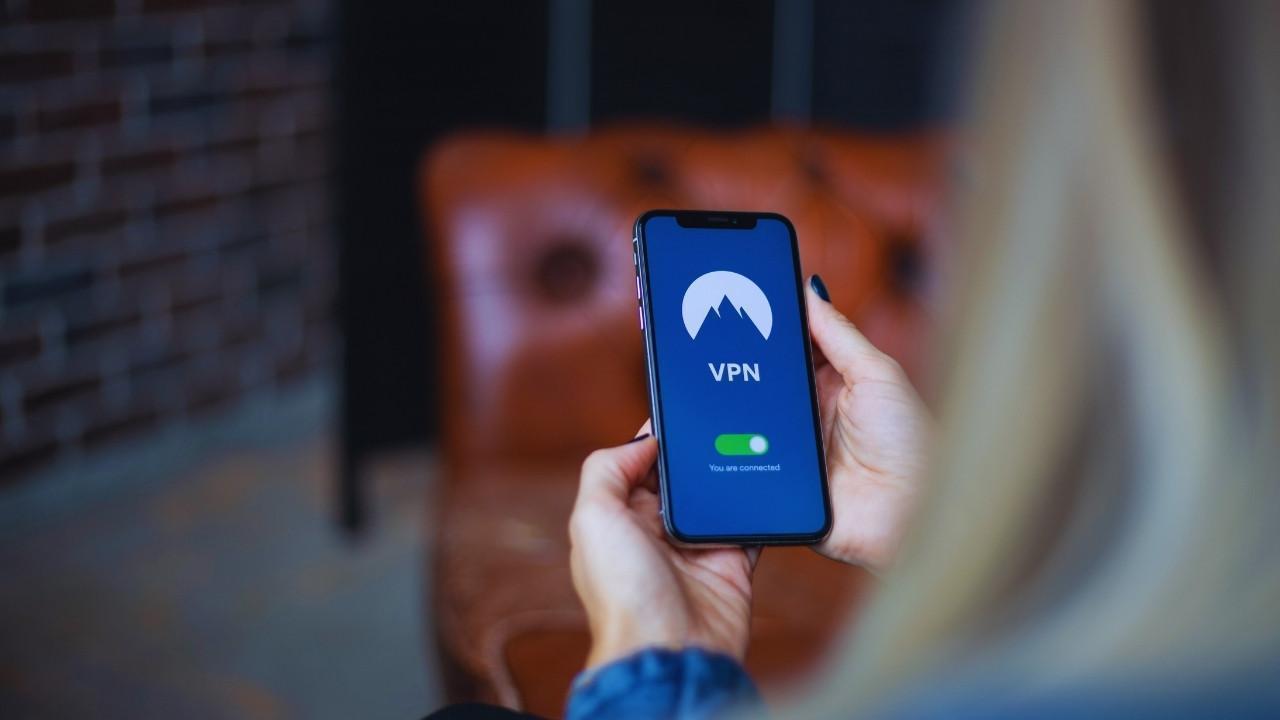








Curry Powers Warriors to Nail-Biting 109-108 Victory Against Spurs
Stephen Curry's 49 points propel the Warriors to a dramatic 109-108 NBA Cup triumph over the Spurs,
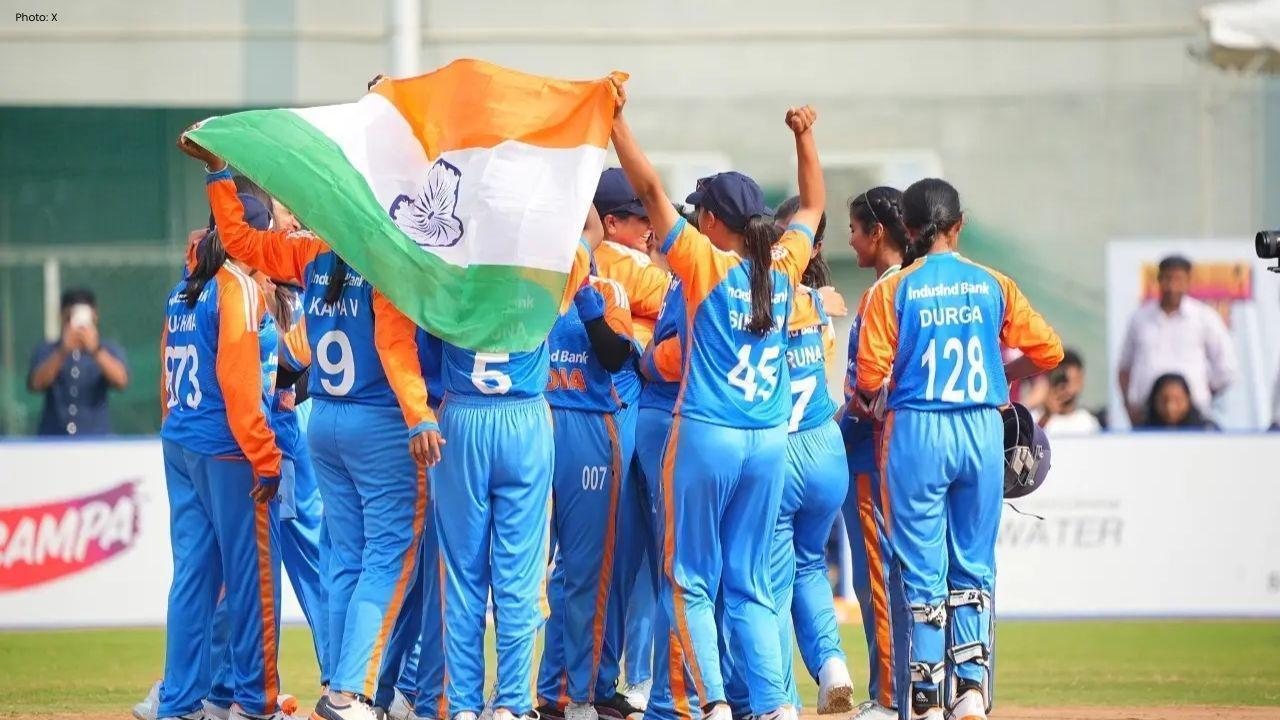
India Advances to Semi-Finals After Thrashing USA in Women’s Blind T20 World Cup
India secured a dominant ten-wicket victory over the USA, advancing to the semi-finals in the Women’

South Africa's Early Advantage as India Struggles on Day Two
On Day Two, India reached 138-4 as South Africa took three early wickets, complicating matters with
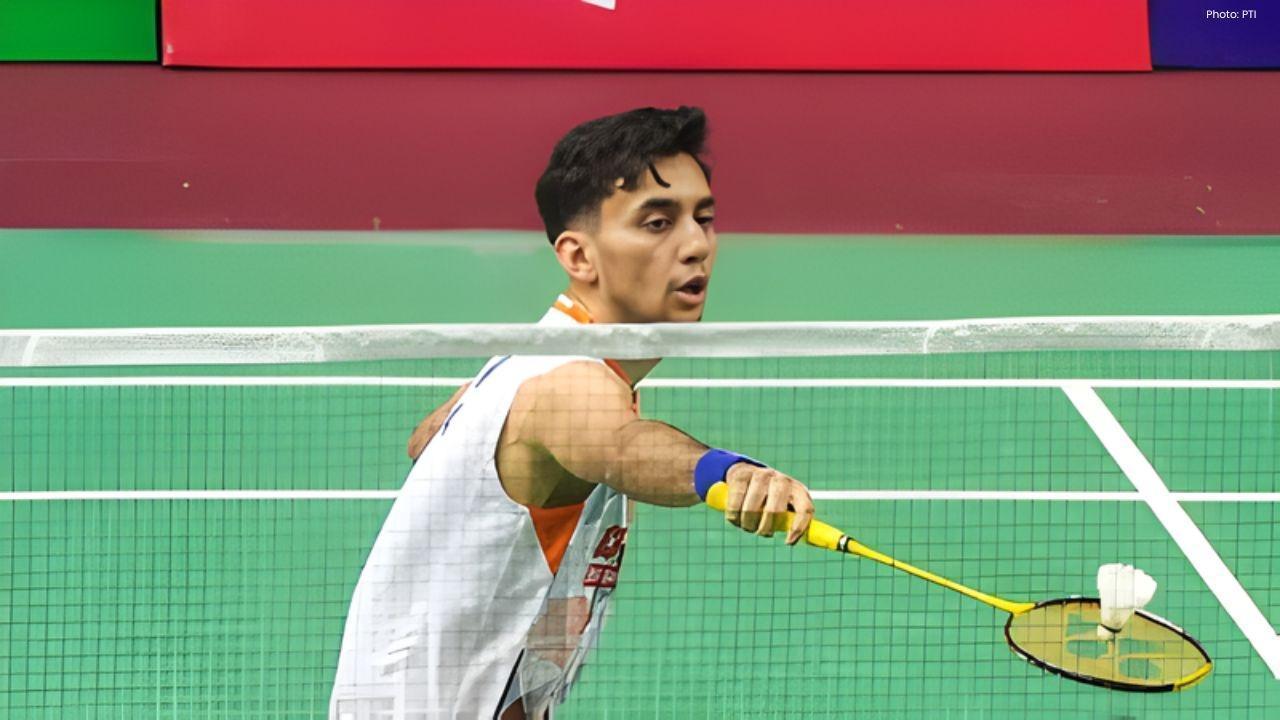
Kenta Nishimoto Defeats Lakshya Sen in Japan Masters Semifinal
Lakshya Sen's journey in the Japan Masters ends after losing to Kenta Nishimoto 19-21, 21-14, 12-21
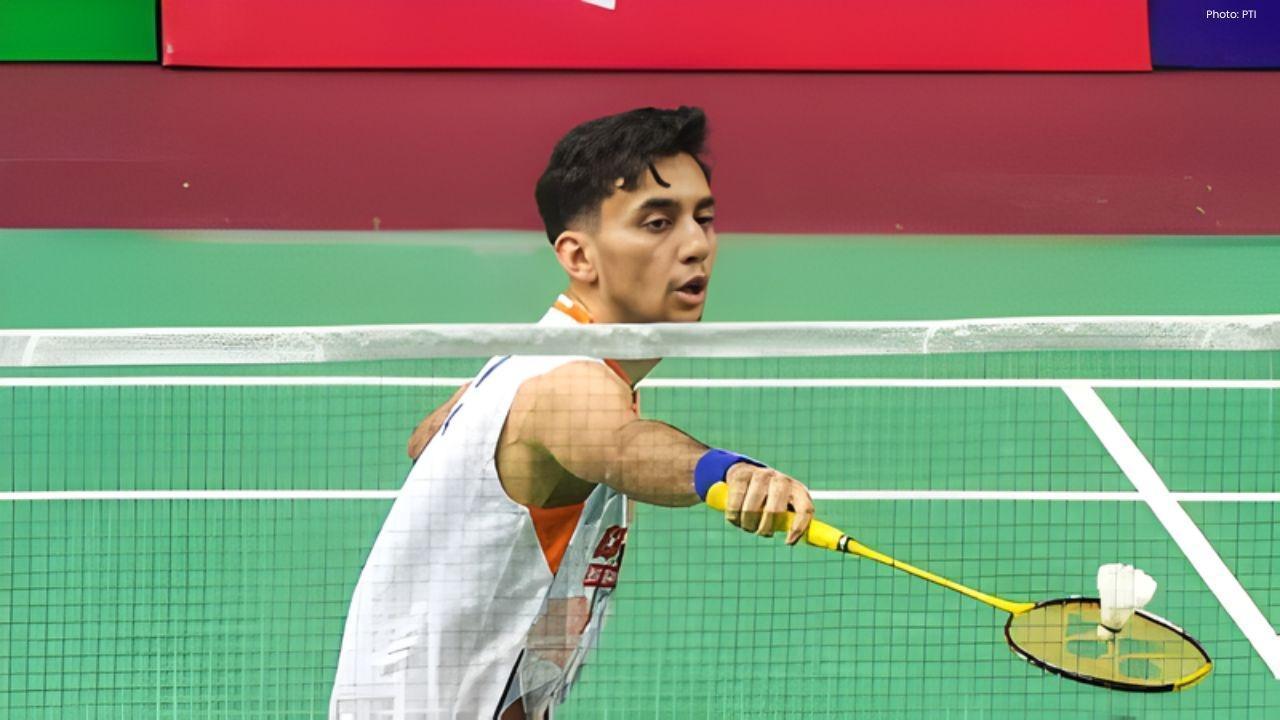
Kenta Nishimoto Defeats Lakshya Sen in Japan Masters Semifinals
Lakshya Sen's run at the Japan Masters concludes with a loss to Kenta Nishimoto in the semifinals, 1

Major IPL Trade: Jadeja Joins Royals as CSK Signs Samson
In a significant IPL trade, CSK has acquired Sanju Samson from Rajasthan Royals in exchange for Ravi